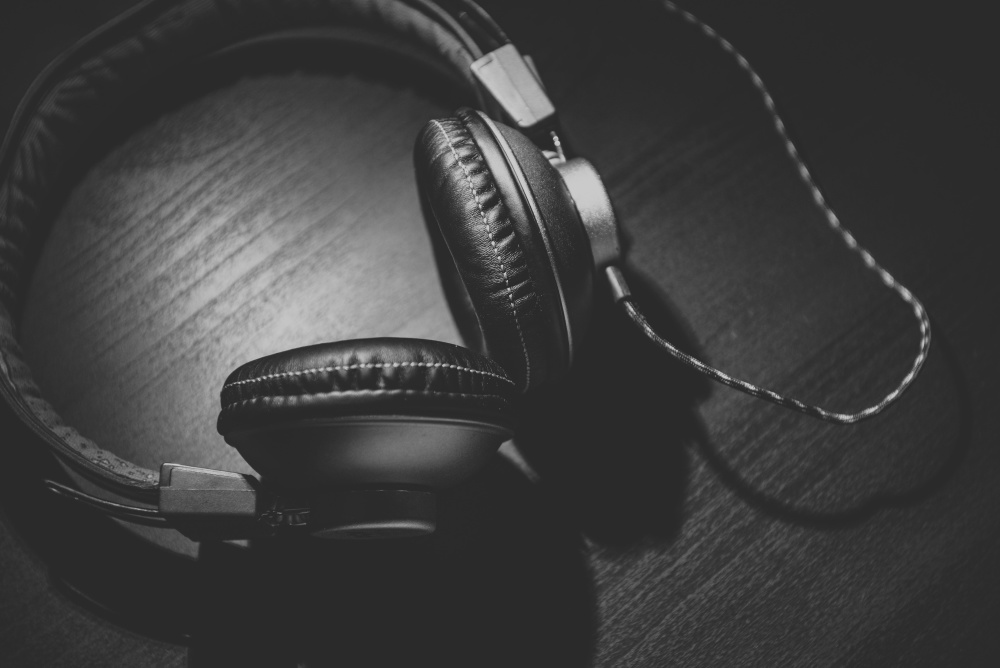This post is also available in Dutch.
Music has been the universal language of humans throughout history. One song has the power to inspire sentiments, move hearts, and soothe minds. How does this happen in the brain?
My moods are as mercurial as the Dutch weather—and for every emotion ranging from dizzied euphoria to dejected sorrow, I employ a wide variety of music to accompany my daily internal drama. This universal link between music and emotion has long been accepted in society and science. Much research on this phenomenon focuses on what happens in the brain in response to music. We know that music provokes feelings and physiological responses, which can be measured from the molecular to the whole-brain level.
One recent study on the neurochemical basis of the musical experience found that it uses the same reward pathways in the brain as food, drugs, and sexual pleasure (note: This does not mean that music is the same thing as drugs and sex). This pathway involves the activity of dopamine and opioids that are naturally made in the body. Natural opioids, produced by the brain and structurally similar to opiates like heroin, are vital for experiencing both the positive and negative emotions in music. These chemicals are also involved in the pleasure that we get from eating sugary foods or performing activities like sex and gambling.
What is it about music that triggers emotional responses? Psychologists suspect that a person’s strong response to music may be due to unexpected changes in musical features (e.g. intensity and tempo), thus enhancing tension and anticipation. A study on whether these musical features coincide with emotional response used electroencephalography (EEG) to record brain wave patterns while participants listened to different types of music. Researchers acquired subjective and physiological measures of experienced emotion from participants and found a shift in asymmetrical brain activity following changes in music. In other words, brain activity in different frontal brain regions increase and decrease at different rates during certain parts of music (e.g. introduction of a new motif, or an instrument change, or a change in low level acoustic factors like pitch, dynamics or texture). These findings suggest that a change in musical features is a fundamental trigger of emotional responses in listeners.
Other brain imaging studies tell us that the right (non-dominant) hemisphere is important for appreciating different aspects of music. Lesions following cerebral damage lead to impairments of appreciation of pitch, timbre, and rhythm. Another study using positron emission tomography (PET) demonstrated that the right hemisphere is preferentially activated during music over the left hemisphere; even imagining music activates areas on the same side of the brain. This should not, however, be interpreted as proof of simple left-right brain functionality (which definitely is not a thing)!
There is still much to be revealed about how a cleverly-constructed string of notes affects the human brain. This complex and indistinct connection between music and mind is currently being utilized in various types of intervention therapies, from autism, to depression, to ADHD, and beyond. The future of music in neuroscience is promising—imagine all of the other ways we could use it if we could just find out a little more.
Written by Christienne Gonzales Damatac
Edited by João Guimarães
Translated by Felix Klaassen
